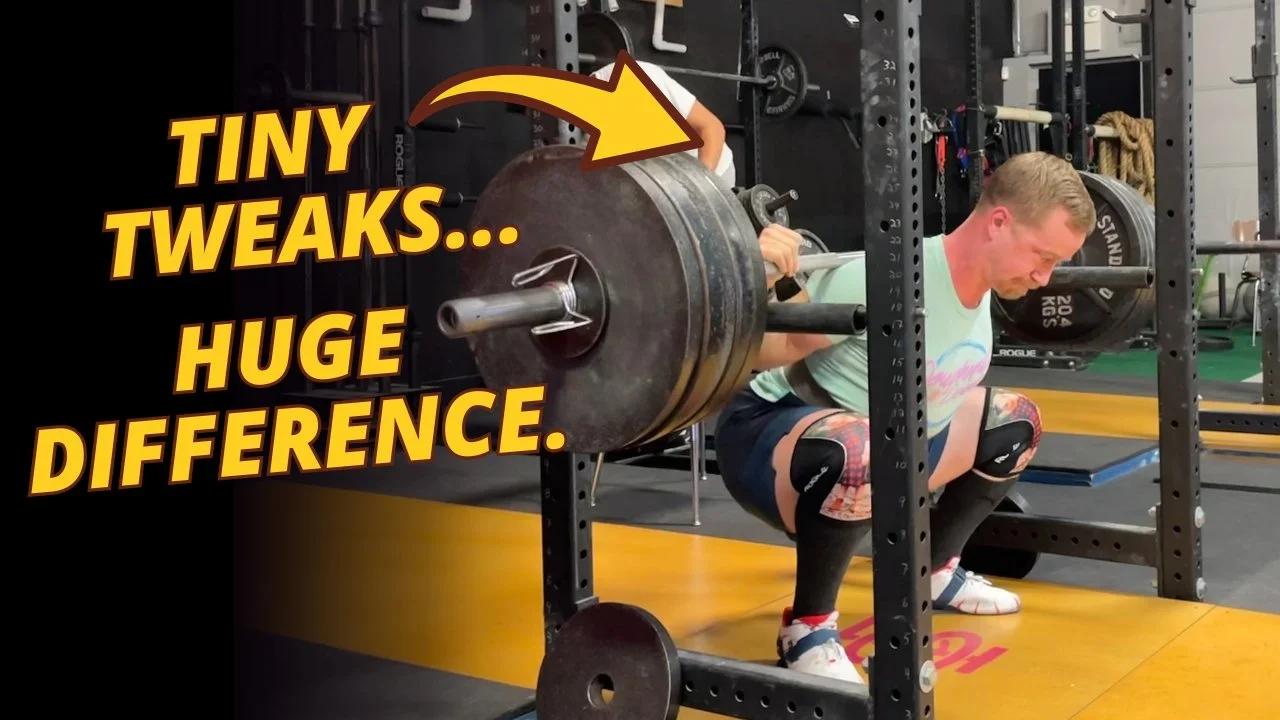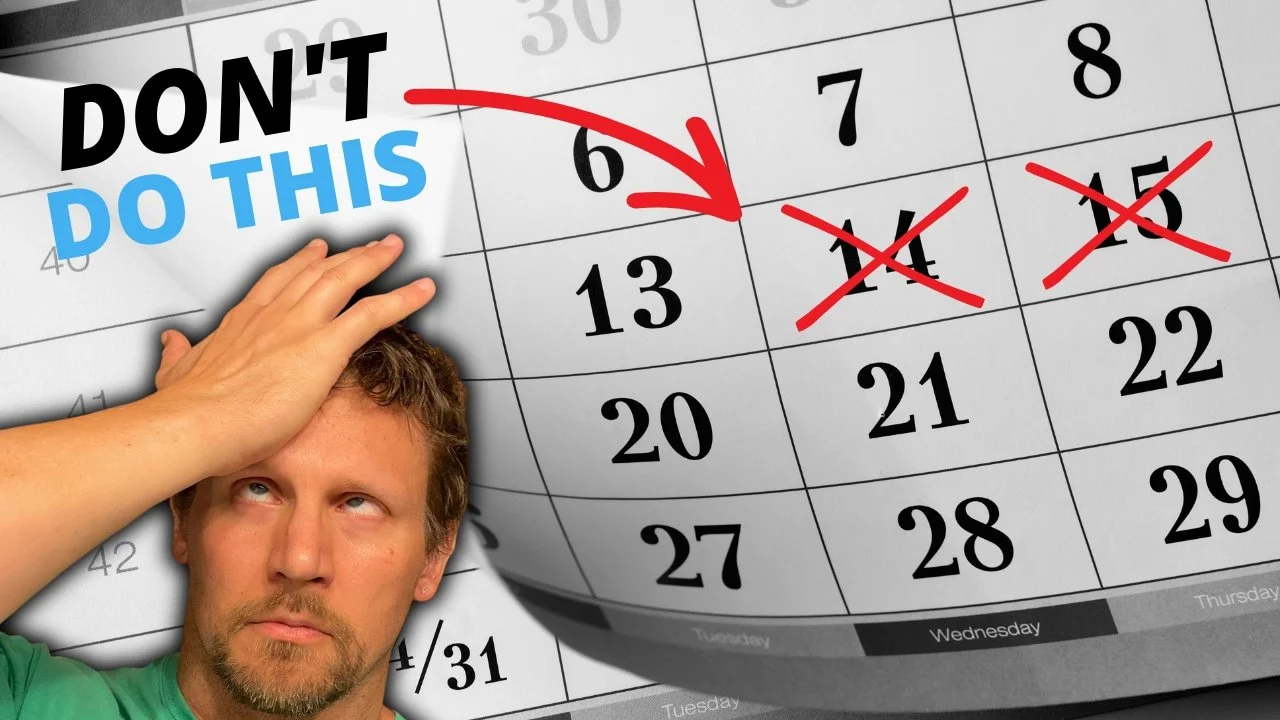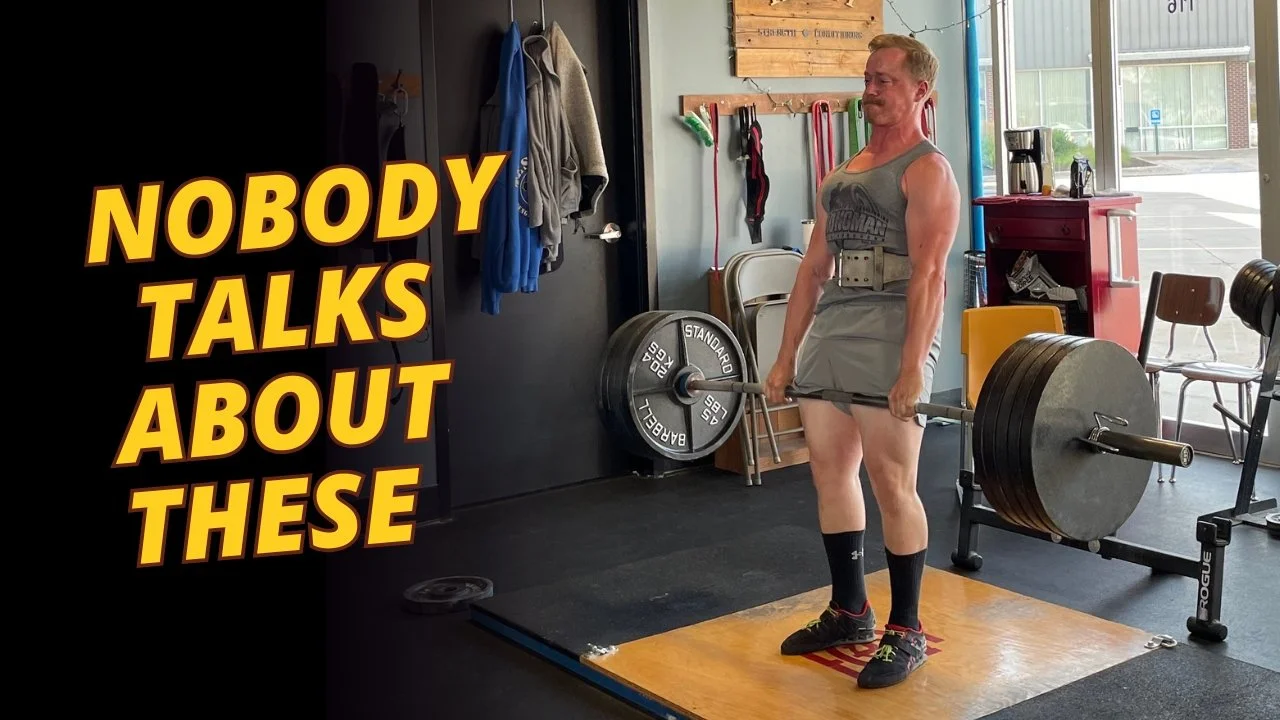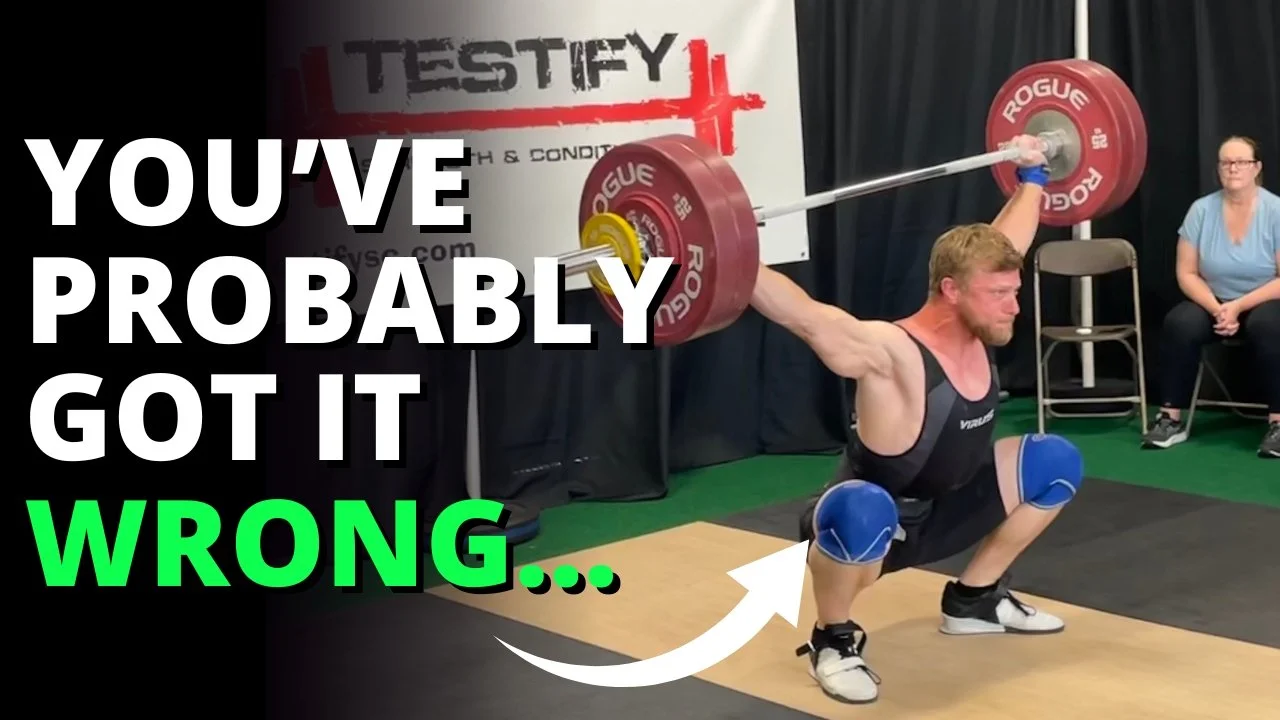2 “Small” Changes That Unlock Big Squat Gains
/The Scenario
You’re trying to squat using the Starting Strength method. You’re excited about the low bar squat.
You’ve read the book. You’ve watched the videos . . .
But you’re still struggling to execute the lift correctly.
Here are two simple cues that just might make all the difference.
figure 1: This fool is keeping his back angle too vertical as he starts his descent.
The Problem is Two-Fold
When lifters are having difficulties with the squat, the problem often consists of two factors - achieving the correct back angle on the way down and then maintaining that correct back angle on the way back up again.
In other words, the lifter usually is keeping his torso too vertical on the descent (Figure 1), and he isn’t correctly driving with his hips on the ascent.
Let’s fix this real quick-like.
Check out the video above if you want to see the solution in action.
The Solution: Option #1
On the descent, cue yourself, “Lead with the chest.”
You are reminding yourself to start pointing your chest at the floor right away as you start to descend (side note - you’ll need to reach backward with your hips to do this).
figure 2: becky correctly points her chest at the floor as she descends.
On the ascent, however, use the cue, “Lead with your hips.”
In other words, you are cueing yourself to drive your hips straight up out of the hole, and you are specifically not thinking about what your chest, shoulders, the barbell, or anything else is doing (don’t worry - they’ll go up, too).
So, to summarize, “lead with the chest” on the way down (Figure 2), and then “lead with the hips” on the way back up.
The Solution: Option #2
If you struggle with the concept of driving your hips upward on the ascent, use the cue “Keep your chest down” instead for this portion of the lift (Figure 3).
In this case, your cue for the descent is still “lead with the chest,” and your cue for the ascent is now “keep your chest down” (or equivalently, “stay leaned over”).
figure 3: tyler correctly keeps his chest pointed at the floor for a good portion of his ascent.
These solutions are quick, simple, and as always, we hope they help you get stronger and live better.
-Phil
PS: Whenever you want even more Testify in your life, here are some free resources:
Book a free intro and strategy session with us HERE.
Pick up a free copy of Testify’s Squat Guide: 12 Tips to Improve Your Squat Now HERE.
Get our free weekly email - containing useful videos, articles, and training tips - HERE.
Follow Testify on Instagram HERE.
Subscribe to Testify’s YouTube channel HERE.
(Some links may be affiliate links. As an Amazon Associate, Testify earns from qualifying purchases.)


















